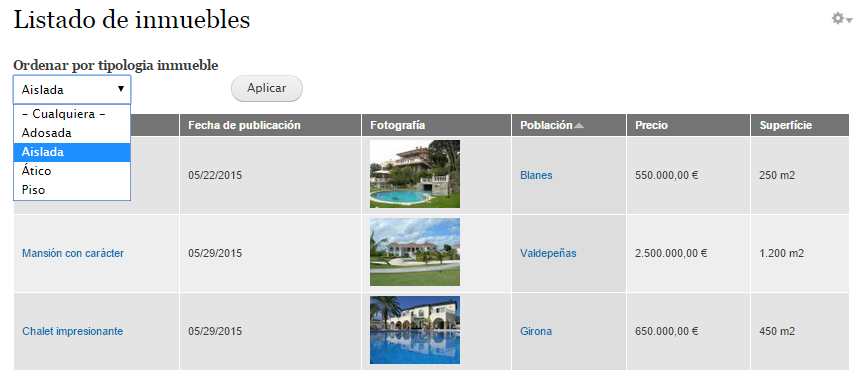

The Tianlongshan Caves Project website's interactive 3D model viewing uses a proprietary licensed software developed for the Xiangtangshan Caves Project. The website displays high-resolution sculpture perspective photographs using Zoomify software though a sophisticated tiling system to effectively display fine details of the sculpture photos. The Project implemented the main website structure with the Drupal content management software running on a standard LAMP web server. Sager high performance 17" laptop PCs (32G RAM, NVidia GPU)Īdobe Photoshop Website Development Technology Adobe Photoshop was used for final texture color correction. Meshlab software was used for model viewing, format conversion and final model alignment. The resulting models are of high enough resolution for exhibition display. The Artec Studio software includes all the features needed to create usable final 3D models. This was especially important as we normally carried out the scanning at museums.
.jpg)
These scanners are compact, portable, and hand held during the scanning process. The Project choice of the Artec scanners was based on a number of important unique features. The Eva scanner was used for larger more complex sculptures, while the higher resolution Spider scanner was used for head sized and smaller sculptures. The surface color is photographed using a circular flash which eliminates unwanted burnt in shadows. The Artec scanners captured both the surface geometry of the sculptures as well as the surface color. The scanning technology used is from Artec Group, including both the Artec Eva and Spider structured light scanners with the necessary Artec Studio model capture and processing software. The work of scanning and creating digital 3D models of the sculptures originally from the Tianlongshan caves took place from 2014 to 2016. The website allows searching and selection of sculptures based on a number of criteria including figure type, dynasty, museum, and original cave locations.ģD Scanning and Digital Model Creation Technology The website includes interactive high-resolution sculpture 2D image display, as well as a unique 3D model-viewing technology. The Project released the first version of the project website in May 2016. We plan to conduct scanning of the cave interiors in the summer of 2016 working with Chinese project collaborators.

Finally, a major interactive digital exhibition will be developed.Īs of May 2016 the Project team has scanned and created high-resolution 3D models from approximately 100 sculpture fragments located in over 20 museums and collections around the world. The data then is revealed and archived in the project website, including interactive 3D model and high-resolution image viewing. Capturing 3D data with Artec Eva structured light scanner at the Royal Ontario Museum.Ī major initiative of the Tianlongshan Caves Project is the use of up to date technology to record 3-dimensional model data of sculptures and caves as well as and high-resolution photographic images.


 0 kommentar(er)
0 kommentar(er)
